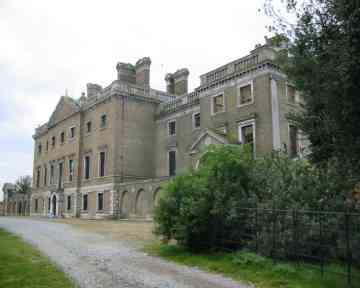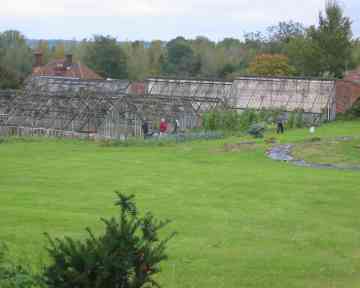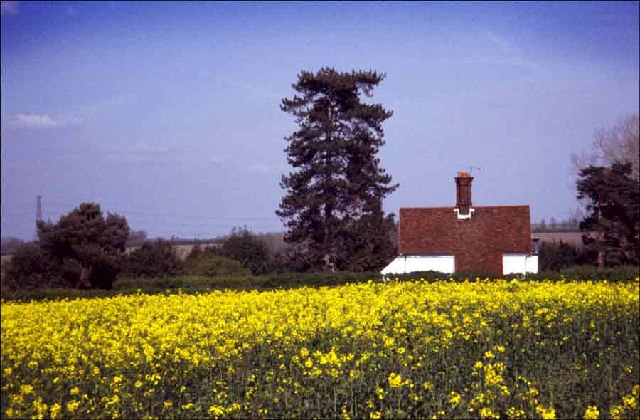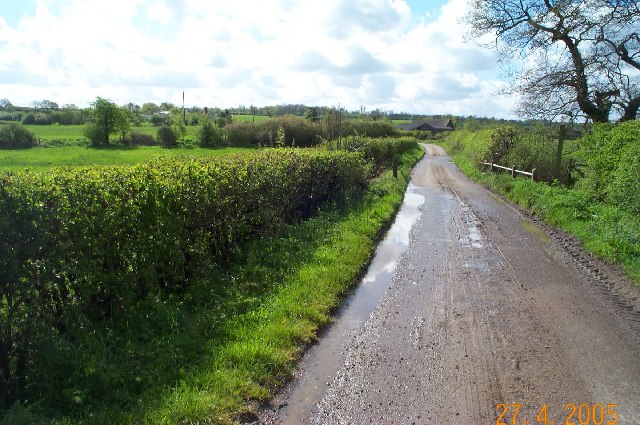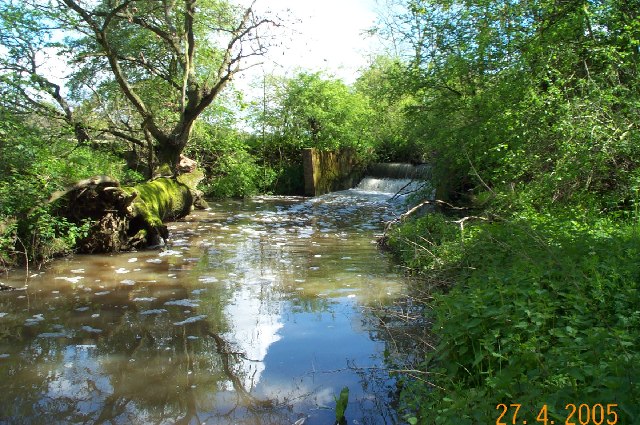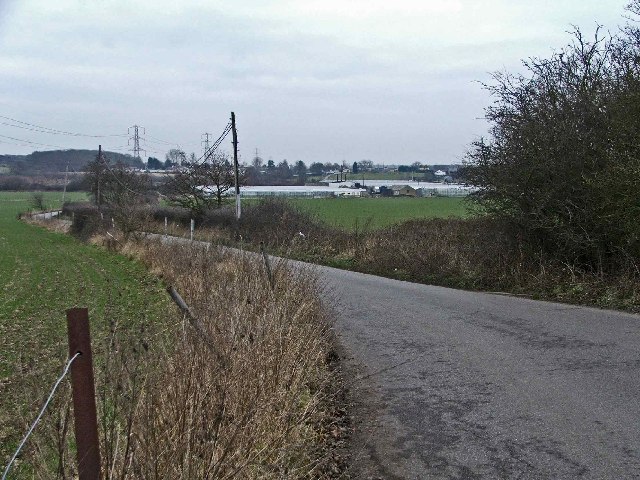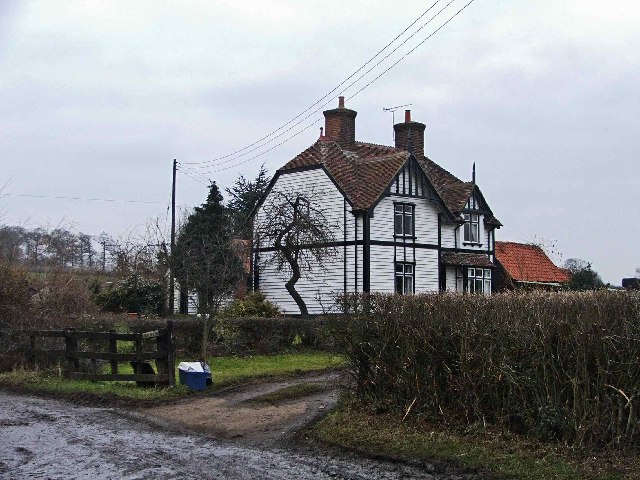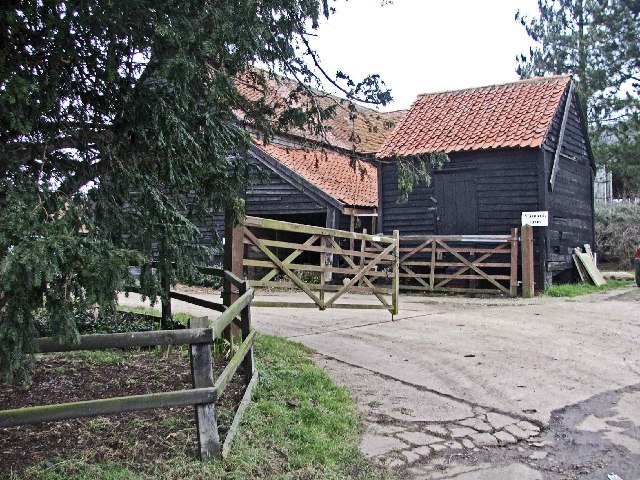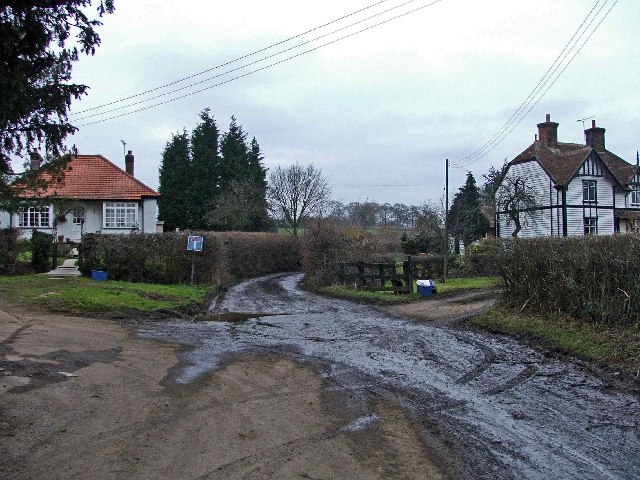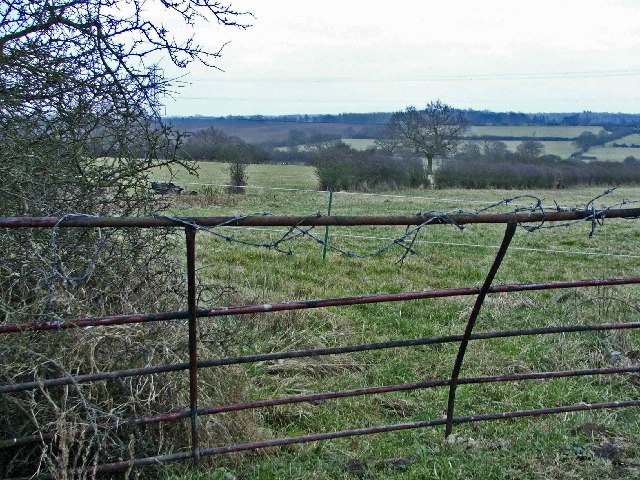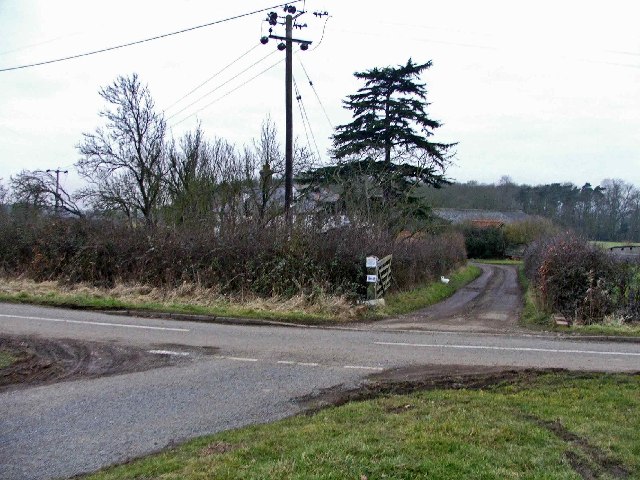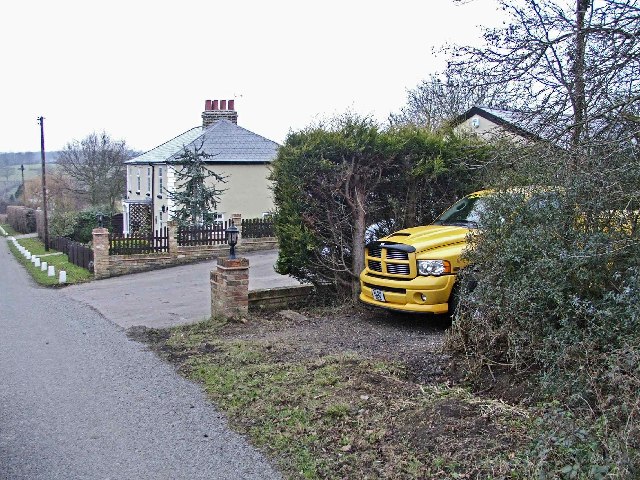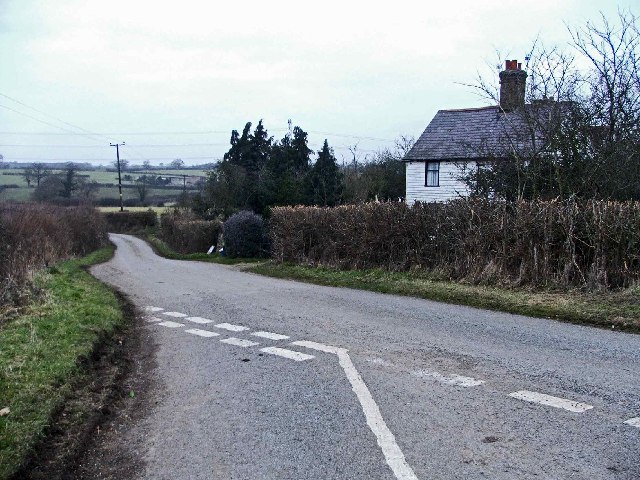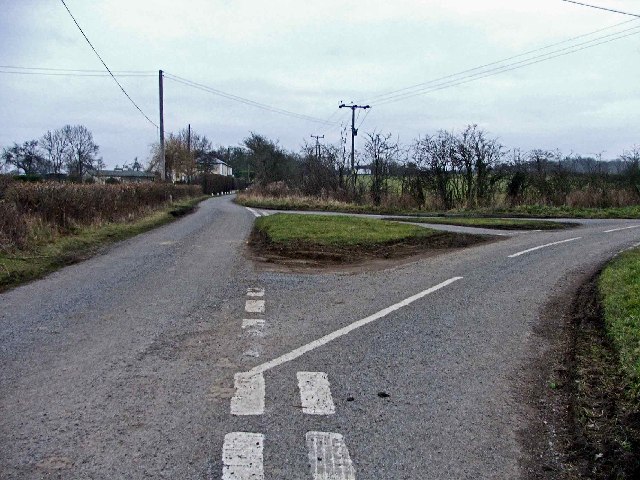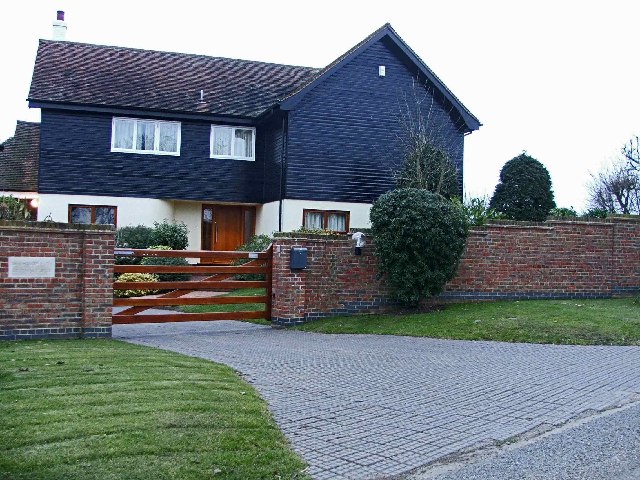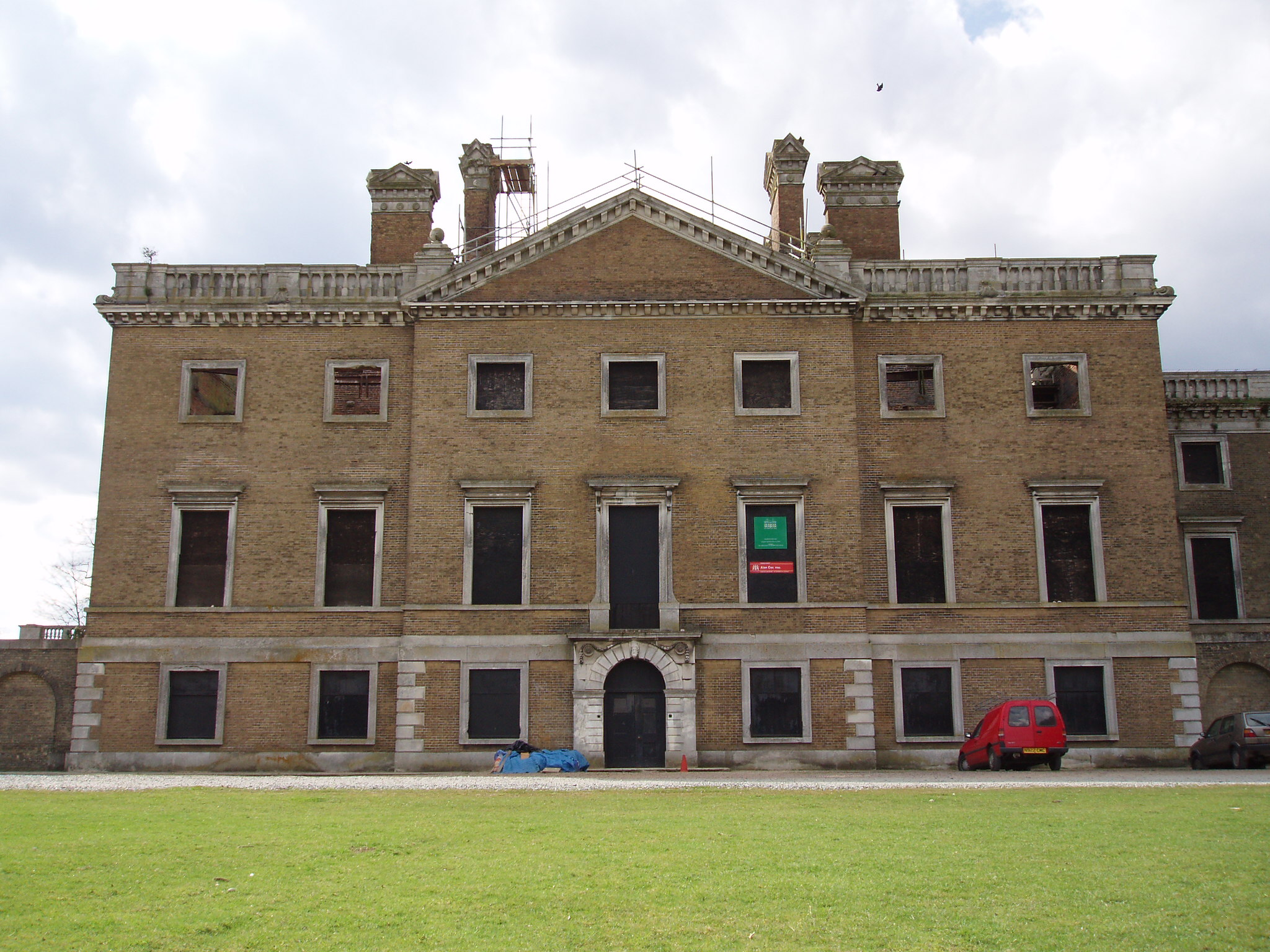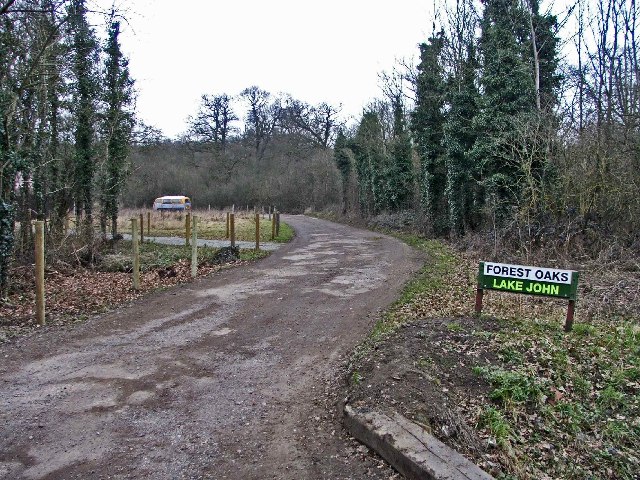Copped Hall Green
Wood, Forest in Essex Epping Forest
England
Copped Hall Green
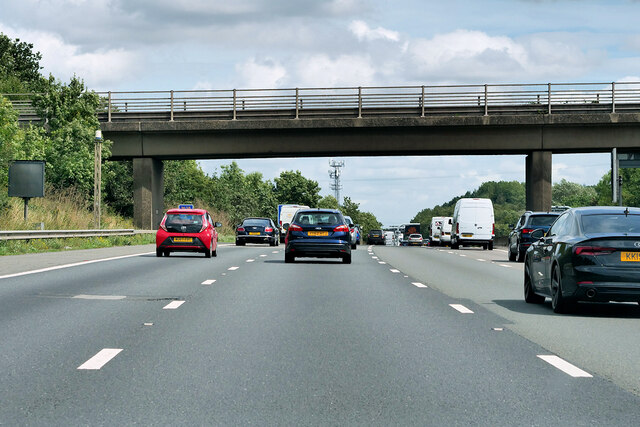
Copped Hall Green is a picturesque woodland located in Essex, England. Situated near the town of Epping, this green area covers a vast expanse of approximately 40 acres. The forest is characterized by its dense canopy of trees, mainly consisting of oak, beech, and birch, which create a serene and tranquil atmosphere.
The woodland is home to a diverse range of flora and fauna. The forest floor is adorned with a carpet of bluebells in spring, creating a stunning spectacle for visitors. Wildlife enthusiasts will be delighted to spot various species of birds, such as woodpeckers, owls, and blackbirds, as well as small mammals like foxes, rabbits, and squirrels.
Copped Hall Green is a popular destination for nature lovers and outdoor enthusiasts. It offers a network of well-maintained walking trails, allowing visitors to explore the beauty of the woodland at their own pace. These trails wind through ancient trees and allow glimpses of breathtaking vistas. The forest also provides a peaceful setting for picnics and family outings, with designated areas equipped with picnic tables and benches.
The woodland is managed by the local authorities, who ensure its preservation and protection. They organize guided nature walks and educational programs, allowing visitors to learn about the history, ecology, and conservation efforts of the area.
Overall, Copped Hall Green is a haven of tranquility, offering a chance to escape the hustle and bustle of daily life and immerse oneself in the beauty of nature. It is a cherished natural treasure in Essex, attracting visitors from near and far.
If you have any feedback on the listing, please let us know in the comments section below.
Copped Hall Green Images
Images are sourced within 2km of 51.694823/0.055375756 or Grid Reference TL4201. Thanks to Geograph Open Source API. All images are credited.

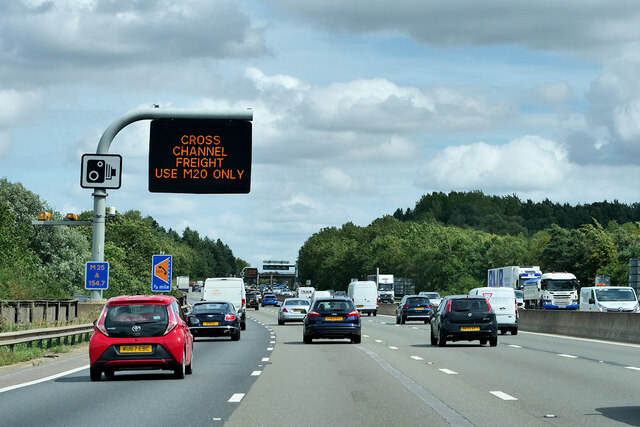
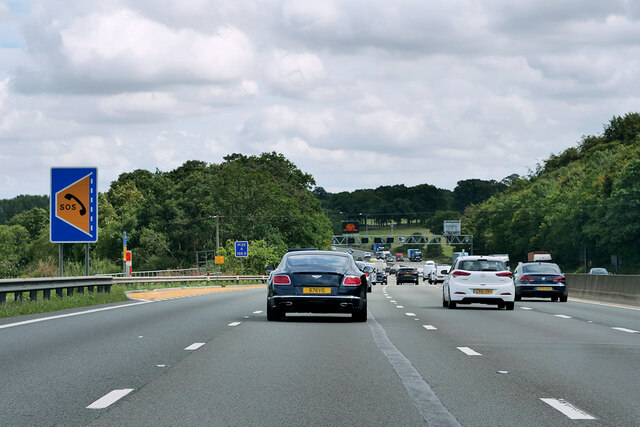
Copped Hall Green is located at Grid Ref: TL4201 (Lat: 51.694823, Lng: 0.055375756)
Administrative County: Essex
District: Epping Forest
Police Authority: Essex
What 3 Words
///strict.share.join. Near Theydon Bois, Essex
Nearby Locations
Related Wikis
Upshire
Upshire is a village and area of Waltham Abbey in the Epping Forest District of Essex, England. The centre of the village is on Horseshoe Hill (a minor...
Copped Hall
Copped Hall, also known as Copt Hall or Copthall, is a mid-18th-century English country house close to Waltham Abbey, Essex, which has been undergoing...
Ambresbury Banks
Ambresbury Banks is the name given to the remains of an Iron Age hill fort in Epping Forest, Essex, England. == Description == The fort encircles an area...
Bell Common
Bell Common is a settlement in Essex, England and is south of the town of Epping. == Tunnel == The Bell Common Tunnel is a covered section of the M25 motorway...
Aimes Green
Aimes Green is a Hamlet in Essex, England. It is near the hamlet of Holyfield and the town of Waltham Abbey. == References == A-Z Essex, 2010 edition....
King Harold Business and Enterprise Academy
King Harold Business and Enterprise Academy (formerly King Harold School) is a secondary school and specialist business and enterprise college located...
Epping St John's School
Epping St John's School, formerly known as St John's Church of England Voluntary Controlled School, is a school in Epping, Essex.Epping St. John's was...
Great Monk Wood
Great Monk Wood is a wood within Epping Forest, in Essex, England. The wood, in the parish of Loughton, is centred on the Wakes Arms junction roundabout...
Related Videos
Winter Walk in Epping Forest | During Lockdown | ENGLAND
A Winter walk through Epping Forest. #lockdown #january2021 #cold #walk #walking #walkingtour #walkthrough #covid19 ...
19 August 2023
High Beach, Epping Forest.
Discover the Enchanting Ambresbury Banks in Epping Forest with us
This walk goes around most of Ambresbury Banks, which is an Iron Age earthworks and reputedly to be where Queen Boudicca ...
Exploring Waltham Abbey-Upshire Circular
Its July 2022 and still blistering hot I ascend to the Epping Uplands to make the most of the weather while it lasts my other rainy ...
Nearby Amenities
Located within 500m of 51.694823,0.055375756Have you been to Copped Hall Green?
Leave your review of Copped Hall Green below (or comments, questions and feedback).
